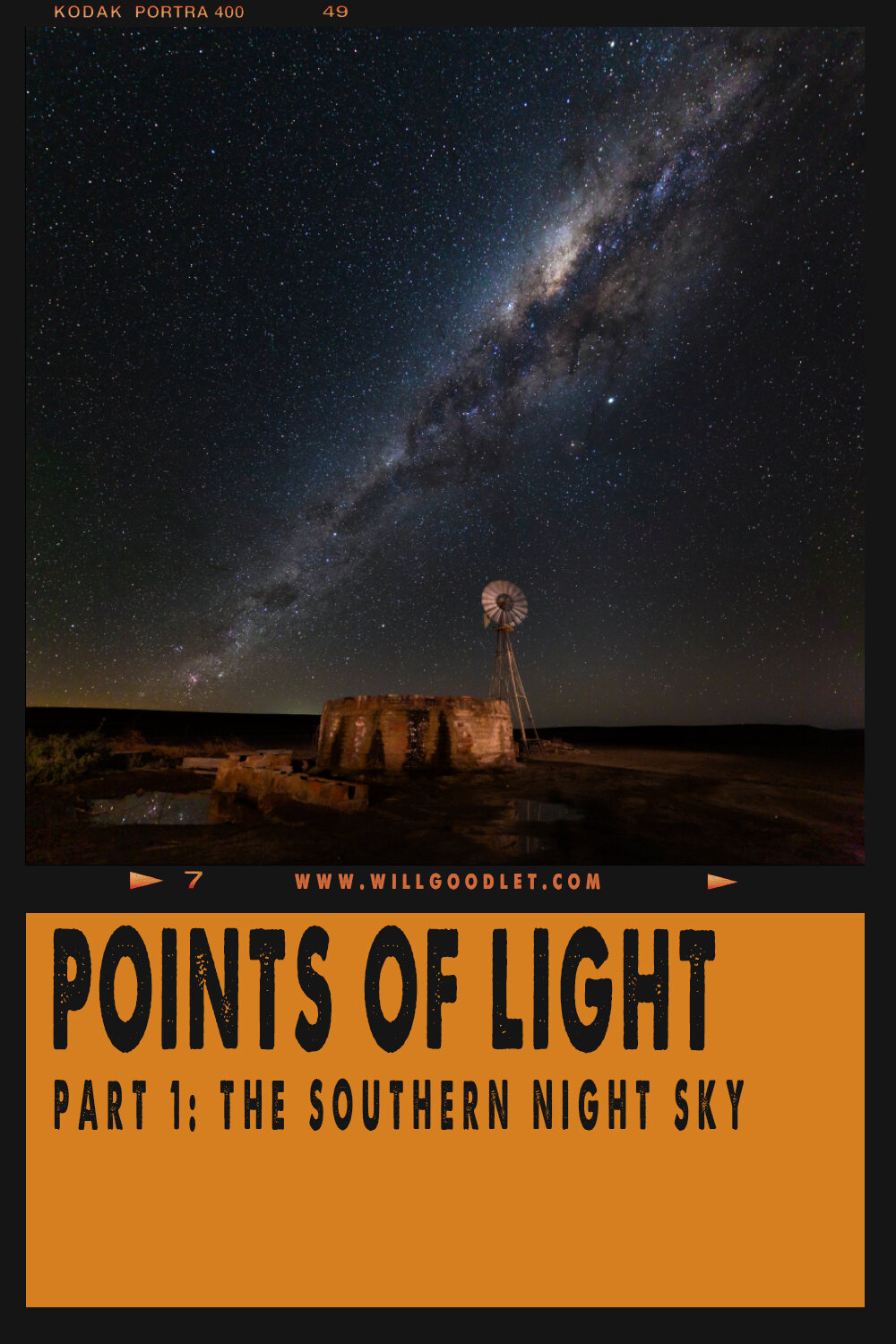HOW TO PHOTOGRAPH THE STARS
“I know nothing with any certainty, but the sight of the stars makes me dream.”
For millennia the night sky has inspired great thinkers, artists and mystics. It is a driving force in inspiring humankind to greater things. Things beyond our day-to-day existence and of much more importance. Unfortunately, as many as 2.5 billion people can no longer see the milky way due to light pollution.
Thinking about that stat is a little shocking; what will it do to our worldview, our understanding of nature and the universe? If we can't look upward for inspiration and an affirmation that there is a universe filled with hope to explore, where will we find the motivation to carry on and to care for generations to come?
Light pollution interferes with 99% of Americans and 83% of Europeans ability to see the stars and for much of the world those points of light, that hold so much hope (at least for me), are going out.
Southern Africa is one of the last parts of the world where light pollution has not destroyed our view of the night sky.
Looking at a satellite image of the earth at night, it looks like it is buried in light. Cities bleed into one another and are linked by crisscross chains.
The increase in artificial night sky brightness in North America, including an extrapolated prediction for light pollution levels in 2025. Maps created by P. Cinzano, F. Falchi, and C. D. Elvidge.
“We used to look up in the sky and wonder at our place in the stars, now we just look down and worry about our place in the dirt.”
Year-by-year the lights grow, the chains thicken and the patches of dark disappear. In the night sky, the stars fade into a miserable orange and black fog. One day, that will be all that is visible.
In the future, we may talk about the stars but when generations upon generations cannot see them, it will be as if they don't exist; like some kind of prison, where the inmates crave the starry night but can never see it.
Southern Africa, thankfully, is one of the last accessible places on earth where the stars still shine bright and I for one am going to revel in the wide open spaces under them as long as I possibly can!
In the west, where the towns are few and far between and the desert roads stretch straight for miles and miles across the landscape, one can still see the fall of a star-shadow. It's a silent, and peaceful thing, to see the shape of your body drawn in silver.





